E-Bike Fitness: How to Burn Calories and Lose Weight
Let’s get one myth cleared up straight away (which you probably know already if you are reading this article); using an e-bike is not ‘cheating’ nor is it ‘lazy’ as some detractors have claimed.
If you are an extremely fit non-e-bike rider and suddenly swap to riding an e-bike that you ride on full power all the time there may indeed be some fitness loss – but who does that? Very few, I would hazard a guess.
Whatever your circumstances, e-biking gives you exercise. And exercise, in whatever form, means burning calories.
There is much evidence pointing to the fact that e-bikes promote more active lifestyles than riders previously had, perhaps replacing a car, train or bus journey or simply encouraging riders to get out and about more often.
It all comes down to the fact that riding an e-bike is easy, convenient, and fun and so one of the easiest ways to get and stay active and burn calories. In other words, at the most basic level simply getting out on a bike or an e-bike as much as you can simply has to be a good thing.
But what if you want to maximize the number of calories you burn on an e-bike? A bit of background knowledge and some riding tips will go a long way to helping you burn the most calories possible whilst out on your e-bike.
How many calories can you burn riding an e-bike?
First off don’t get confused by terminology; calories refers to food calories in fitness and health-based articles such as this one. They are also abbreviated as cals and kcals. You may occasionally see reference to large calories which is also what food calories are.
These distinctions have been made because early scientific reference was to small calories, a much smaller unit of measurement and one that started to be used in early scientific experiments that sought to more accurately quantify energy.
You may get more exercise (especially on a very hilly ride) with a ‘regular’ bike than with an e-bike. This article from Average Joe Cyclist compares the same hilly ride done on a regular bike then done on an e-bike. It found that 444 calories were burned with the e-bike over the course of a one-hour ride and 552 calories on the same route with the same e-bike but with electric assistance turned off.
Yes – the regular bike gave more exercise on an hour per hour basis, but there are a couple of important points to add.
Firstly, riding with electrical assistance resulted in burning only 20% fewer calories and as the article notes ‘burning 440 calories in an hour is a big deal – done regularly, this kind of calorie burn could result in significant weight loss.’
Secondly, this is comparing riding the two bikes for the same amount of time; all the evidence suggests that e-bikers ride longer and more often than regular bikers – so, in the long run, may well burn more calories.
That figure of 440 calories per hour of course relates to a particular individual on a particular e-bike over a particular course. The figure will vary wildly depending on the above factors and several others including the individual’s weight and fitness, how much pedal effort they are capable of, or choose to put in, the power settings used and weather conditions and so on.
However, there does seem to be a broadly accepted range of how many calories you can burn e-biking. This helpful Canyon article comes up with figures for riding a non-electric bike at between 200 and 600 calories per hour, adding ‘Using an electrical motor for support results in a lower training effort and reduces calorie consumption proportionally. Sports medicine specialists assume 300 calories per hour for an average level of effort’. The article puts the e-bike range of calorie burning at between 100 and 600 calories.
How can I maximize the number of calories burned on an e-bike?
Given that it is extremely difficult to measure very accurately the number of calories you are burning on an e-bike it’s probably best not to get too hung up on trying to quantify the actual figure but to adopt riding habits that mean you are going to burn more rather than fewer calories, as set out below:
- Adjust your power setting. Turning your power level down a notch has to be one of the easiest and most sure fire ways to burn a few extra calories. And if you have a throttle on your e-bike try and use it as sparingly as possible, if at all. This tip works best on torque sensing systems or on the more sophisticated motion sensing systems; on very basic motion sensing systems turning the power level down may just serve to act as a speed limiter as on these systems with primitive control electronics, especially if it’s a big heavy e-bike.
- How hard are you pressing on the pedals and how quickly are you turning them (cadence)? The harder you press on the pedals and the quicker you turn them the more calories you will burn.
- Pace is key. Try and cycle at a good fast pace. Getting up to speed and maintaining it takes more energy than just tootling along at a slightly lower speed.
- Try and adopt a sporty, active riding style and in particular try and stand out of the seat and pull on the bars. Some e-bikes’ geometry is better suited to this than others but even if you only do it a few times on your ride you will be working more groups of muscles and burning more calories than if you were just sat down. It also really helps to get up those hills quickly.
- Weight. Whilst the fittest riders look lean and may ride very lightweight electric bikes this isn’t really the quickest way to burn calories. If you are carrying a few extra pounds yourself you will find it quite easy to get out of breath and burn extra calories! Just putting a few extra kilos in your panniers will help but why not put that extra weight and effort to practical use and use a trailer to do the shopping by e-bike? If you follow the other tips in this article and carry a bit of extra weight (and don’t just dial up the power to help move the weight) you’ll certainly be burning extra calories.
- The more hills the better! The bigger and steeper the better! As long as you leave enough battery capacity to get back home you can’t really have too much climbing when it comes to burning calories.
- Route surface. Just like climbing, going off-road will mean more effort. And going off-road and climbing is even better.
Just how hard should I push myself?
Long-term exercise is always better than irregular but very intense. If you can feel yourself breathing harder and your muscles straining and eventually getting even a little tired then you know you have probably been burning calories. If really out of breath and your muscles start to feel a mild burning then you are probably burning as many calories as you can without going to excess.
What other e-bike technology could be useful in burning calories?
If you want to take things a step further and get feedback from your e-bike, then there is plenty of technology out there to help you. Whilst such ‘extra’ tech certainly isn’t necessary to allow you to burn calories it can be a nice aid and perhaps most of all it’s a way of motivating yourself by the constant feedback of your input it gives you; real-world data in real-time doesn’t lie…
Quite a few e-bikes have some kind of basic ‘power meter’ display that shows you how hard the motor is working – a good reminder for you to keep the motor power to the minimum necessary.
Far more advanced are Bosch’s Kiox and Nyon handlebar display systems that can show both human and motor power input in graphic form and also have the ability to connect to some heart rate devices like Fitbit or Wahoo.
The video below is a very long walk-through of the functions of probably the most advanced riding analytical tool out there, the Nyon. For detail on features useful to motivate to ride for fitness and burn calories check out the following segments:
10.34-12.05 The ‘Usage’ screen shows a % breakdown of how much you use different power modes. Try and decrease your % of the higher assist modes over time as you get fitter and use more calories. Clearly a good motivational tool.
46.50-48.11 Info on heart rate devices that will (or won’t) connect to the Nyon system.
Can you lose weight riding an e-bike?
Of course! Follow the tips above, go out riding as often as you can and you’ll be burning a good amount of calories and that’s certainly one part of the equation in losing weight.
The other equally important part of the equation is of course the calories you consume. This isn’t a dietary weight loss tips article, but if you can keep in mind a few figures it might help you keep your calorie input under control and align your e-bike exercise with it.
An average male needs around 2,500 calories a day to maintain the same weight, the average woman around 2,000. Assuming you are maintaining this calorie intake, it has long been held that 3,500 calories burned (for example through e-biking) equals one pound of weight loss.
In other words, if you e-biked vigorously an hour every day and managed to burn 500 calories an hour then you would lose a pound a week (assuming you kept your food intake within the daily calorie limits above).
Of course, this isn’t an exact science (and the latest research suggests it may be a little optimistic).
Other E-Bike Fitness Metrics
There are numerous other methods of gauging whether you are getting enough exercise on your e-bike, calorie counting aside. One of the easiest is to try and stick to recommended weekly exercise levels set down by the World Health Organization.
For adults in the 18-64 age range this equates to at least 150 minutes of moderate-intensity aerobic physical activity throughout the week or at least 75 minutes of vigorous-intensity aerobic physical activity, or an equivalent combination of moderate- and vigorous-intensity activity. Use the info in the Just how hard should I push myself section above to judge how hard your exercise is – or tech-heads might prefer to go down the high tech route below….
If you aren’t the kind of person who likes plenty of data and who just wants to get out on their e-bike and have fun then you might want to skip this section.
On the other hand, if you have the latest Bosch Nyon display (or a system with similar capabilities) then you might just want to read on – it may help you get the most out of the ability of the Nyon (or similar system) to measure your heart rate. This can be yet another useful way of gauging the amount of exercise you are getting.
A normal heart rate is between 60 and 100 beats per minute (bpm) though it will vary depending on when it is measured and what you were doing immediately before the reading.
For an effective workout, you should aim to maintain your heart rate to the right level while you are exercising. This means firstly working out a safe range of bpm. To do this, you first need to work out your maximum heart rate (MHR) – maximum heart rate depends on your age. One way to work out your MHR is to take your age away from 220. For example, the maximum heart rate for a 42 year old is 220 – 42 = 178 bpm.
To use heart rate data even more precisely you should first know your target heart rate (THR) which is between 50% and 70% of your maximum heart rate. To use the example of a 42-year-old again, THR would be between 178 x 50% = 89 bpm and 178 x 70% = 125 bpm. So a 42-year-old e-biker should aim to exercise with their heart rate between 89 and 125 bpm for 150 minutes weekly of moderate-intensity exercise. For vigorous-intensity exercise aim for 70-85% of your max heart rate calculated in a similar fashion.
150 minutes (or less if you want to be vigorous!) a week isn’t much time if you are out having fun on an e-bike.
Important note: If you have a heart condition or other serious medical condition it is important that you check with your doctor before doing any new exercises, in case they are not suitable for you. A warm-up and cool-down period of moderate exercise is always a good idea if planning vigorous exercise to guard against muscle injury.
General advice on staying in shape with an e-bike
OK, so you are out and about on your e-bike and it’s keeping you fit and healthy. If you want to take things to the next level and become progressively more in shape and stronger and keep burning calories here’s a few tips to help you get much fitter on your e-bike:
- Learn the three basics of riding to get fitter and practice them– overload, progression and recovery. In short, push yourself a little beyond your limits (overload), keep repeating this as you get fitter and can physically push yourself more (progression) and allow recovery time in proportion to the intensity you have been riding at. Don’t be mystified by names of different training regimes such as Fartlek or interval training – they all follow these three basic principles.
- While you can get into a shape riding an ebike with any motor, you will have more success pedaling a good bike with a mid drive motor.
- Stretch before and after to help avoid injuries. This is important, as e-bike-riding can involve being in a fixed position for quite long periods. Alternatively, look at another sport that involves a wide range of movement, such as swimming to complement your e-bike riding. A correctly set-up bike is also important to avoid potential injury and strains.
- Mix it up. This will help keep your e-biking interesting. Combine sociable group riding with your own fitness plan and holiday challenges. Having a suitable plan, however basic, and sticking to it is the key to getting fitter, but can feel like a chore if pursued in isolation. Increasingly traditional biking events such as sportives are open to e-bikes and are popular and fun outings that let you measure yourself competitively if you wish (all riders are timed with results published), but with the focus on a mix of abilities and sociability. And of course there are plenty of e-bike specific races, especially e-mtb ones. Gadget obsessives may enjoy competing with others using a GPS device and something like Strava software (though be sure to mark your rides as e-bike ones to avoid spoiling the system for non-e-bike riders).
- Eat a balanced diet to help lose weight and improve performance on your e-bike.
However much you do just remember – e-biking can give you the all-important cardiovascular exercise that the urban, 21st-century lifestyle so often lacks, and can also help build muscle strength and endurance as well as improve all-round physical and mental wellbeing. All the more reason to keep getting out on your e-bike and enjoying the experience.
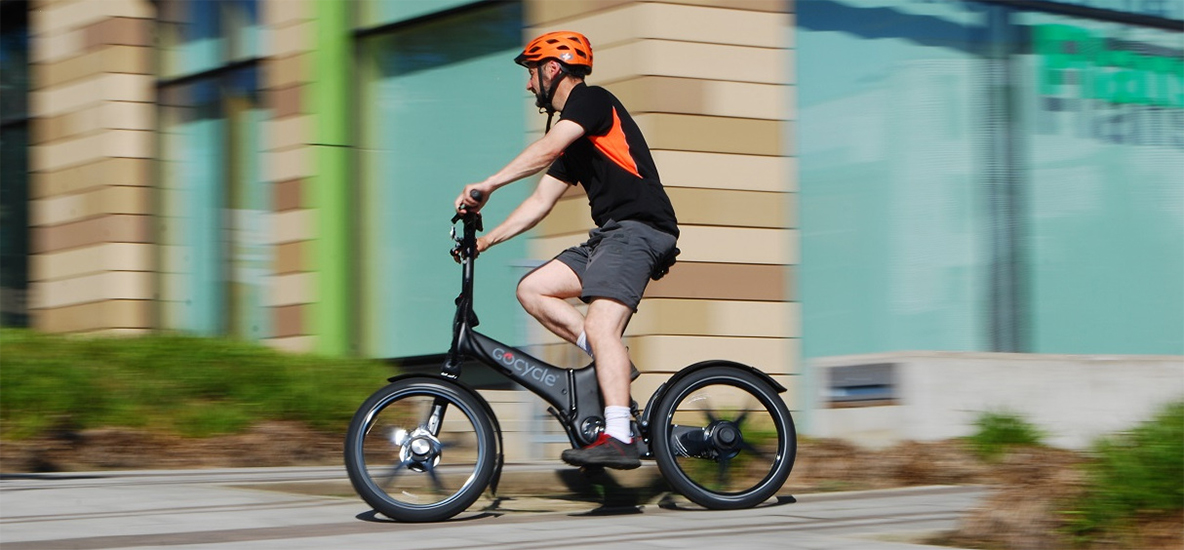
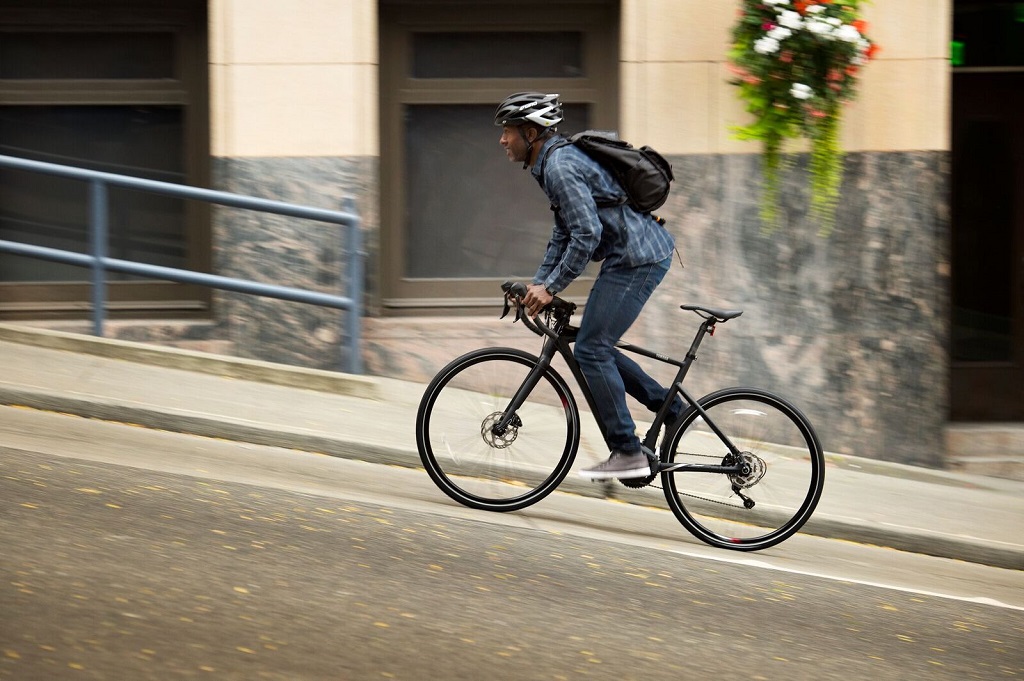
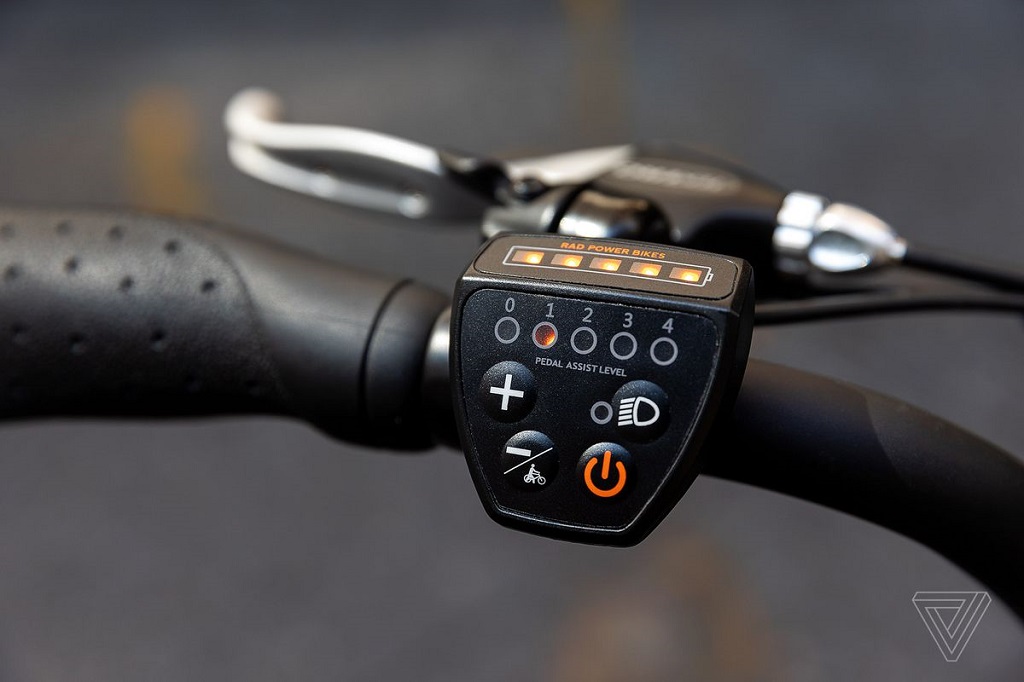

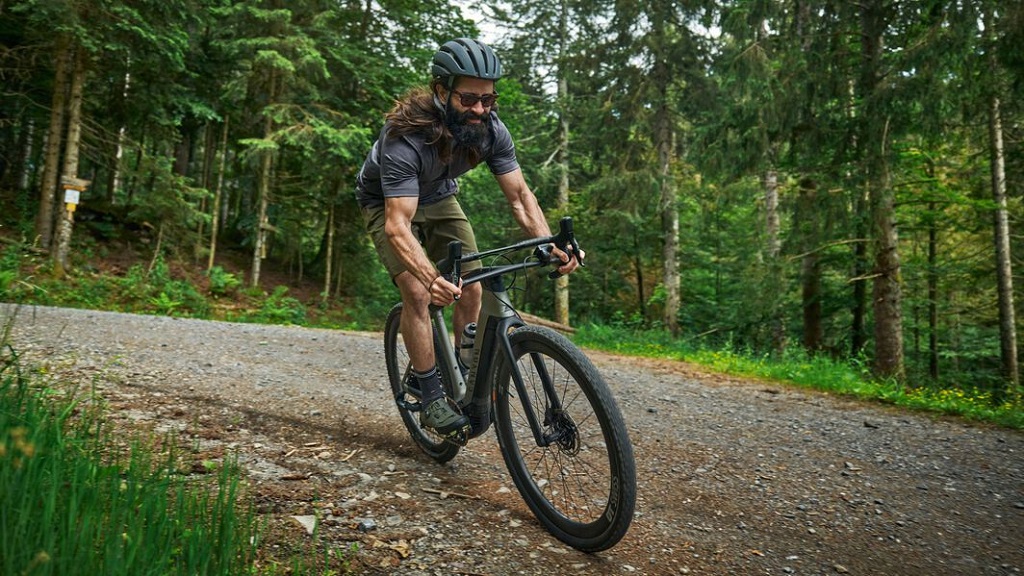
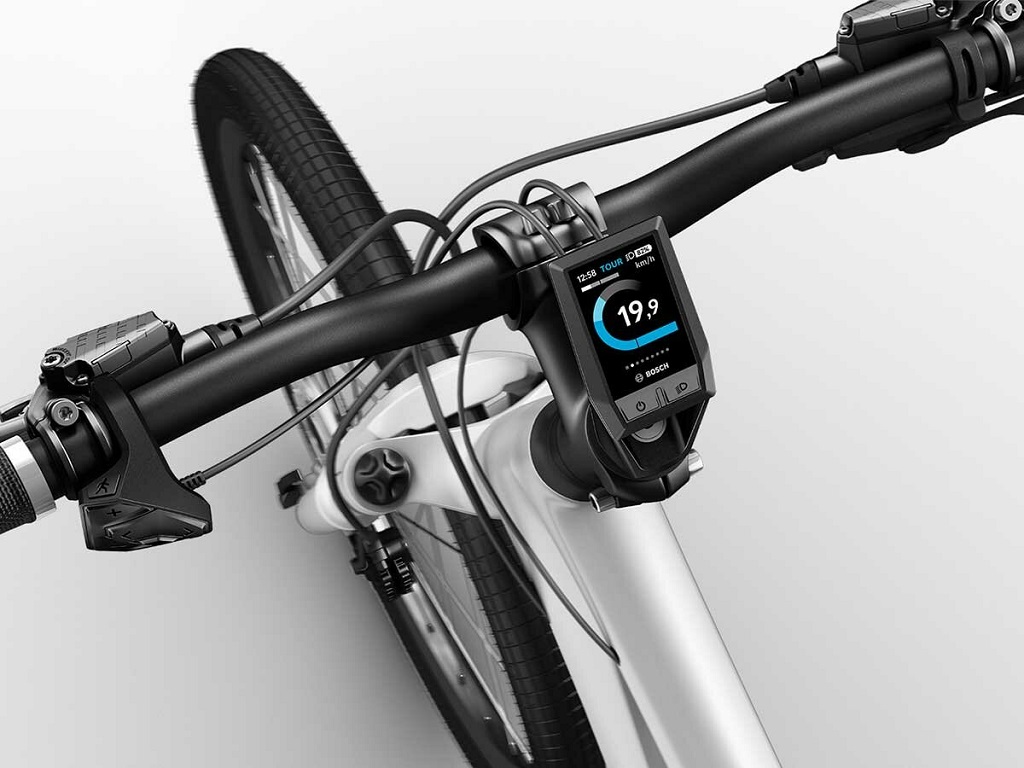
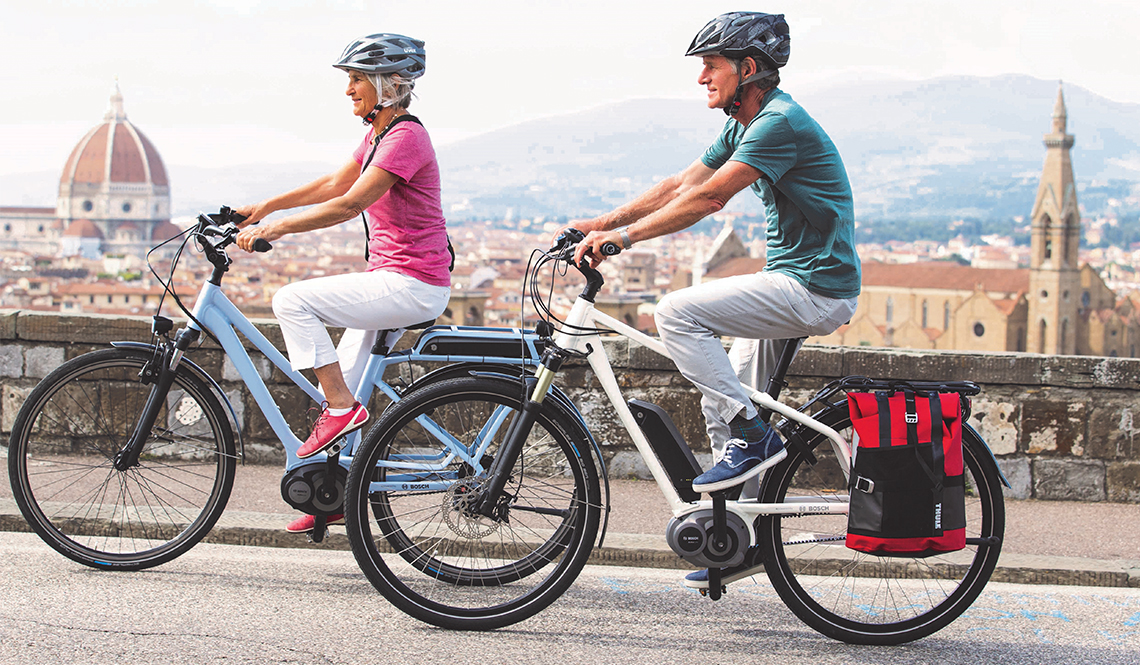
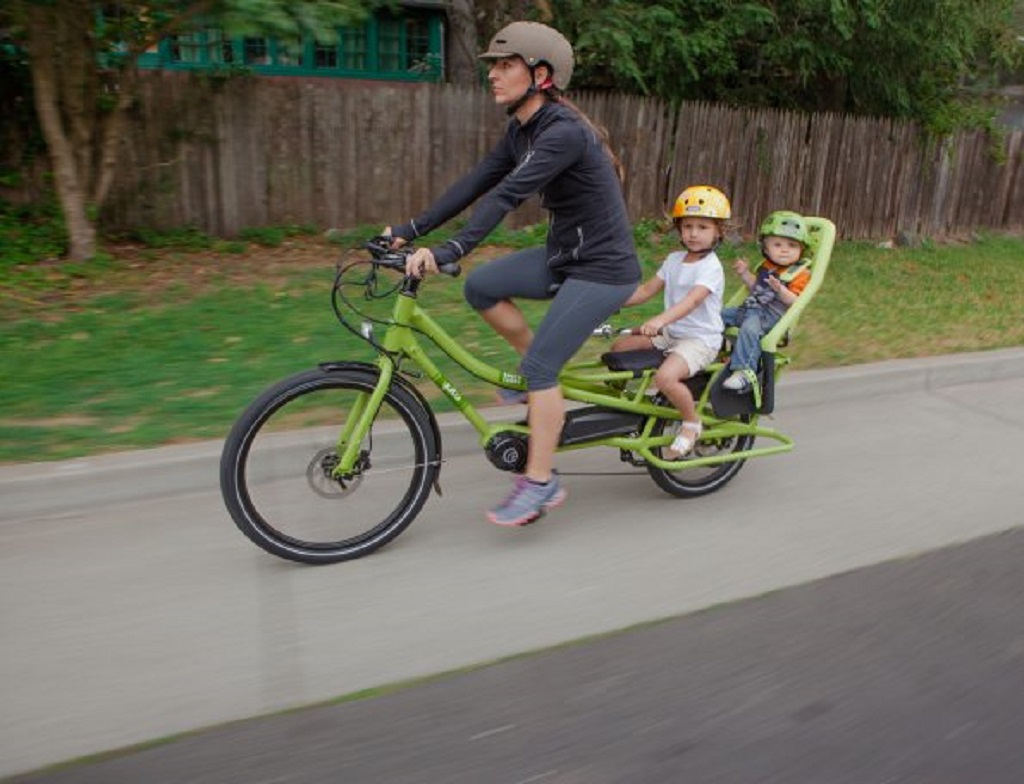
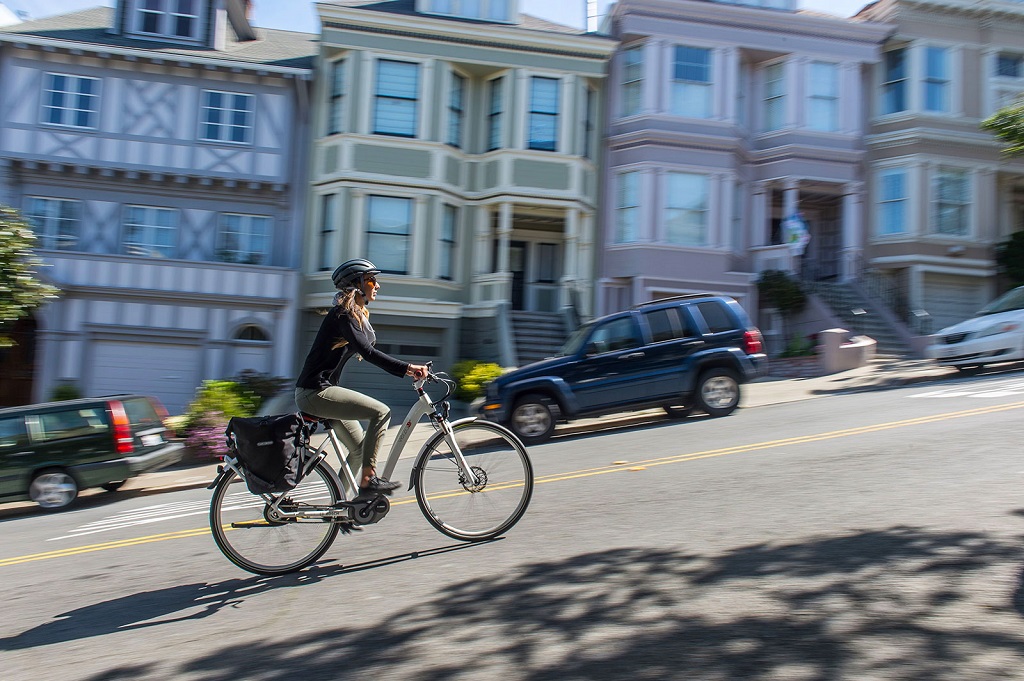



Love reading a piece like this, it just reinforces my decision to purchase my ST1 six plus years ago!